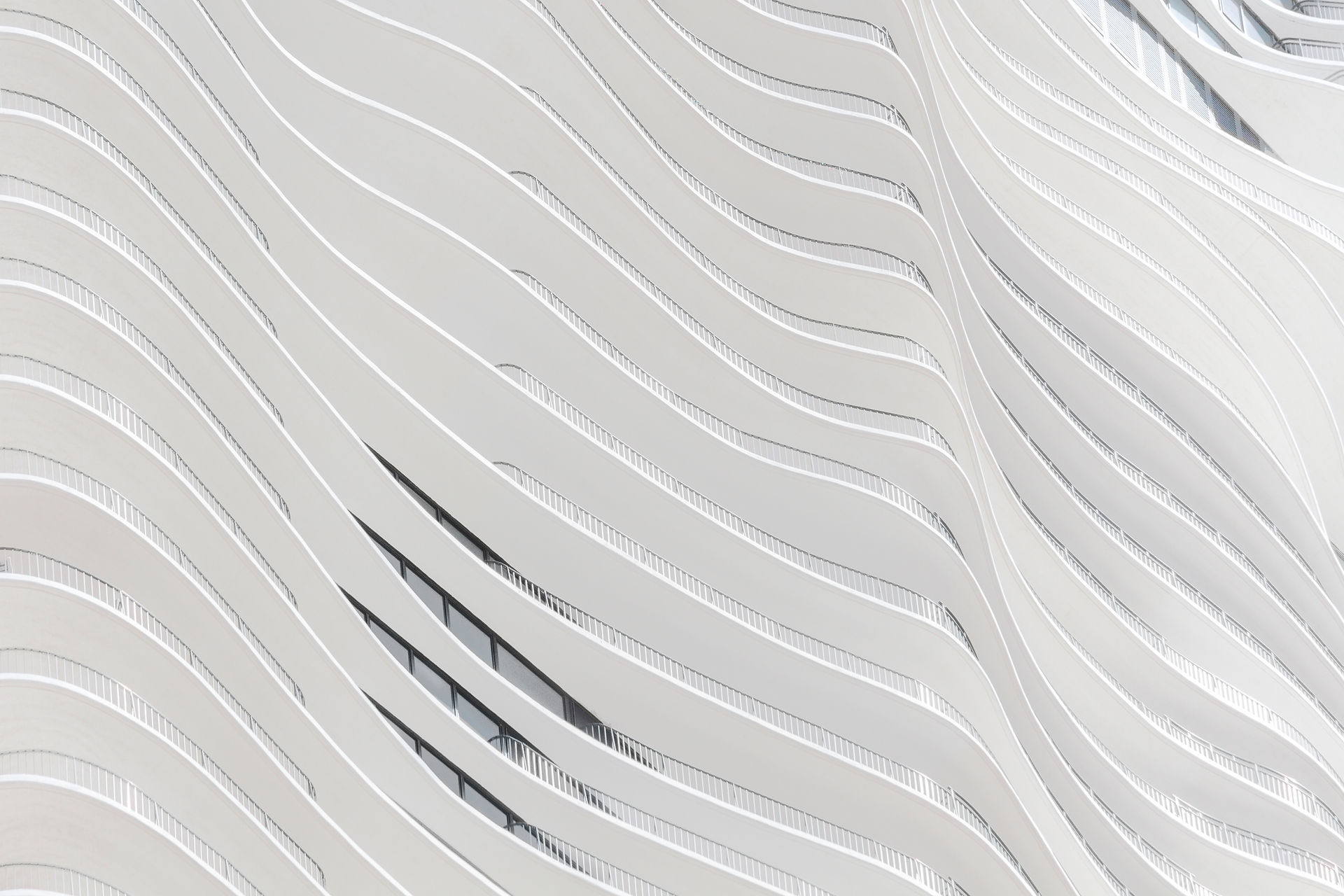The Future of the Fashion Industry in AR
- Kyle Rex
- Oct 7, 2022
- 4 min read

The fashion industry has always been about more than just showing off your best outfits. It’s also a lifestyle, and brands like Chanel and Louis Vuitton have leveraged their image as status symbols to make huge profits. But while these brands continue to grow in popularity and profits, they may soon face a challenge from an unexpected source: augmented reality (AR).
By using AR technology to bring their products into the real world, fashion brands can offer customers the ability to try on clothing before they buy it. This not only increases sales but also gives shoppers a better idea of what they will look like wearing the new items before they purchase them.
AR in the fashion industry can connect shoppers to retailers while they are at home, on the go, or even in-store.

In the future, AR could be used to enhance the shopping experience for consumers. It's a technology that allows users to immerse themselves in virtual worlds and interact with products in ways that aren't possible via traditional media channels.
For example, you might want to try on sunglasses or shoes before buying them online—but it's difficult to judge how they'll look based only on photos.
In addition to increasing accessibility and convenience, this technology will also allow retailers and brands alike to create more personalized experiences based on your preferences as well as any data collected from past purchases (e.g., size information).
AR Experiences Provide a Sense of “Understanding”
The ability to visualize an item from multiple angles and zoom in on details helps shoppers make informed decisions about what they want to buy.
This can also help reduce returns by allowing shoppers to better plan their purchases. For example, if a shopper is unsure whether or not an item will fit them well, they can use AR to see how it looks on different body types and get a better idea of what size would work best for them.
AR is More Immediate Than Other Digital Experiences.
When comparing AR to traditional ecommerce, the biggest advantage is that once someone has an AR app, they don't need to download anything else. They can simply start using it right away.
This makes it easier for users who may not be tech-savvy or have limited internet access. It also means less time spent waiting on downloads or installing updates or apps—which could be especially helpful in developing countries where data plans are expensive or unreliable.
During the Vogue World event, a runway show will feature Autumn 2022 looks from designer brands including Dior, Burberry, Christopher John Rogers and Bode. Attendees can open the Snapchat app to get a different visual experience using Snap Lens, which overlays the user’s surroundings with AR features. - Vogue.com
AR Can Reach Consumers Where They’re Already At
AR can be used in many different ways. It can be used to connect with consumers, drive sales and create a sense of understanding. The future of the fashion industry in AR is to reach consumers where they are already at.
AR is a way to connect with consumers in an engaging and fun way. It can be used to provide information about the product, create a sense of understanding and drive sales. The future of fashion in AR is to reach consumers where they already are at.
3 Interesting Examples of Fashion Brands Using AR
With this in mind, we've found three interesting examples of fashion brands using AR to give their customers an immersive experience.
IKEA
Burberry
Gap
IKEA is using AR to let customers see how furniture pieces would look in their homes. The company recently launched the IKEA Place app, which allows users to scan a room and place virtual versions of IKEA products on top of it. The app also features an augmented reality measuring tool that lets you measure distances between furniture items.
Burberry has released a new augmented reality (AR) shopping tool, which allows consumers to experience its products in their environment through Google Search.
Gap is using AR to give customers a preview of how certain items would look on them before they buy. The company recently launched the Gap Dressing Room app, which allows users to scan their bodies and place virtual versions of Gap clothing on top of it.
By using augmented reality, brands have the opportunity to drive engagement and increase sales in ways that have never been possible before.

Augmented reality is a new way for brands to engage with customers. It can increase sales and be used in stores, on the go and even at home.It’s a great way to provide customers with an interactive experience that meets their needs. Brands can use AR to offer promotions, discounts, and more. The fashion industry is changing, and it’s time to get ready for a change of your own.
AR will be the next big thing in retail, and there’s no way that you can ignore the potential of this technology.With augmented reality, shoppers can see their favorite outfits at home or at work before they buy them online. This means fewer returns, happier customers, and more sales for retailers.

Comments